Neuromarketing: A Powerful Tool for Understanding Customer Behavior
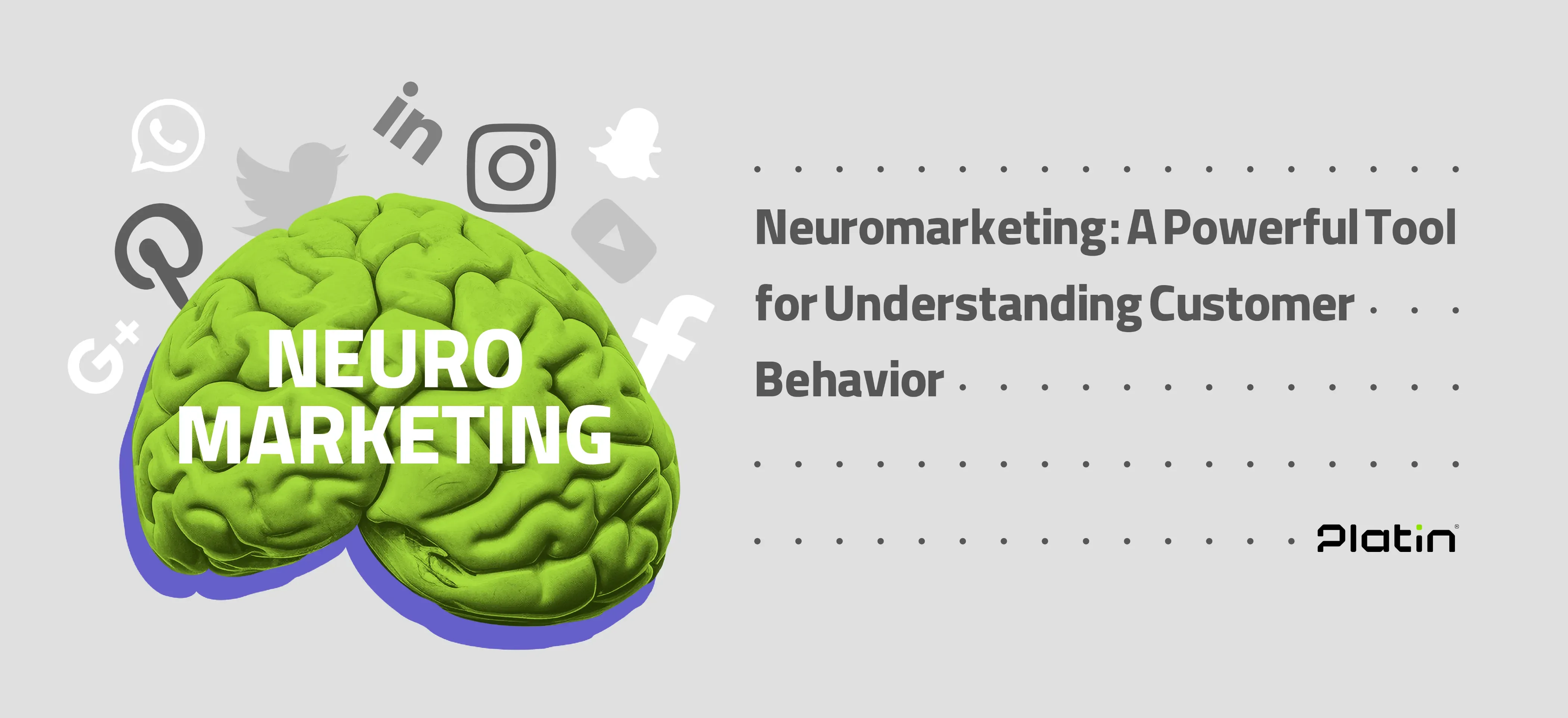
Introduction
In the highly competitive world of marketing, understanding consumer behavior has always been one of the key challenges for managers, entrepreneurs, and sales professionals. The book Neuromarketing was written to address precisely this need. It demonstrates how a deeper understanding of the human brain’s mechanisms can help businesses design more effective marketing strategies and ultimately boost their sales.
This book takes an entirely practical approach and uses clear, accessible language so that its insights can be applied even by businesses with minimal marketing budgets. Whether you are engaged in face-to-face selling or operate in the realm of digital marketing, this book provides tools that can significantly enhance your sales performance.
It can also serve as an inspiring resource for management and marketing students—especially those who wish to specialize in the field of neuromarketing research. The authors emphasize that putting these ideas into action promptly can have an immediate and measurable impact on profitability, while any delay may mean losing valuable sales opportunities.
In the following sections, we review the book’s key insights and principles.
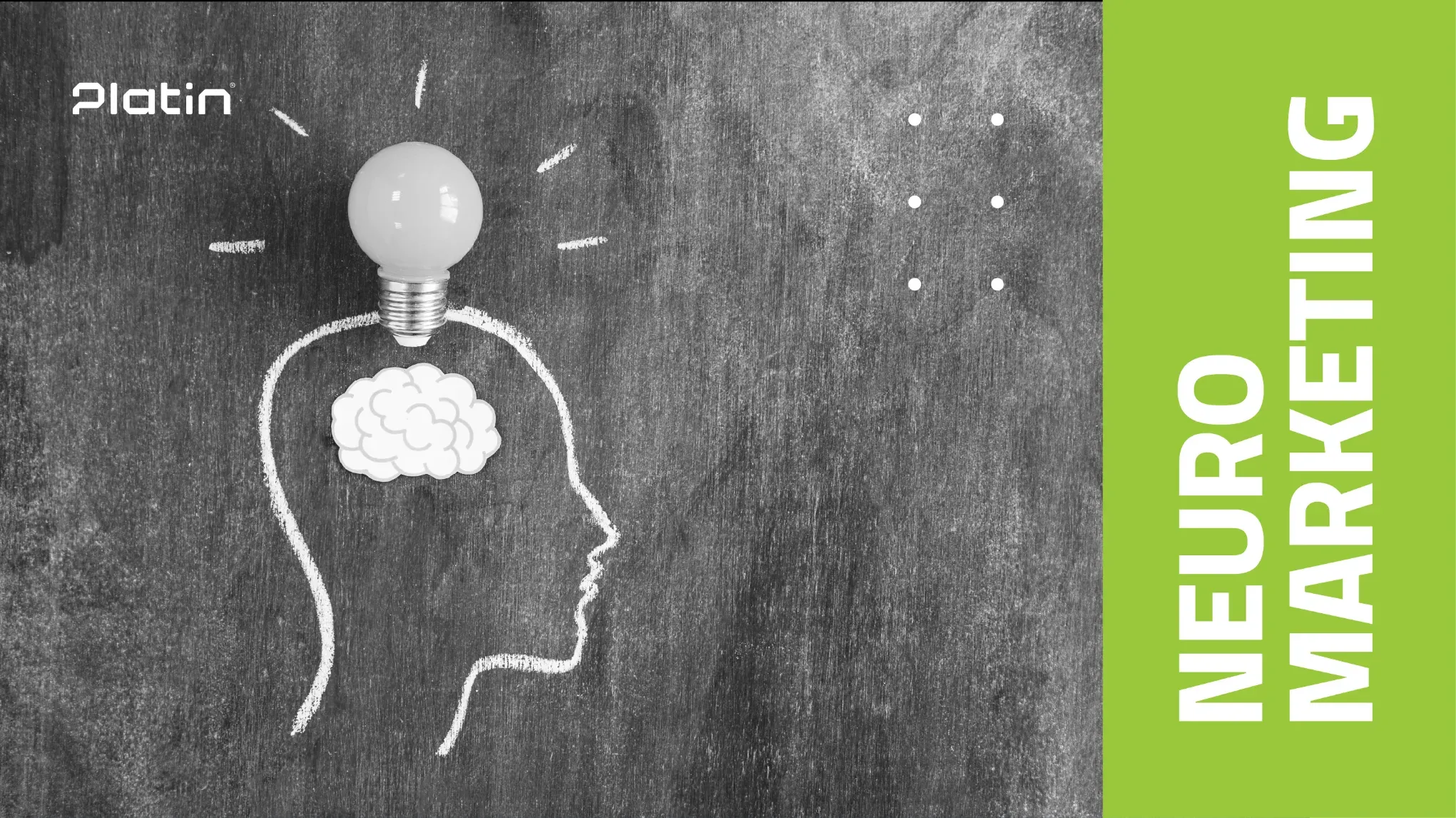
Inside the Customer’s Brain
One major challenge in marketing is that real customer behavior often differs from what people say in surveys and interviews. This gap arises from the way the human brain makes decisions—many purchase choices form subconsciously and emotionally, while logic and analysis play a smaller role and often come into play only later in the decision-making process.
Neuromarketing is an interdisciplinary field combining neuroscience and marketing. It equips marketers and business leaders with the knowledge to understand how the human brain makes decisions—helping them craft marketing messages that significantly increase the likelihood of purchase.
Understanding the brain’s structure is critical. The human brain consists of three primary parts, each responsible for different functions. However, when it comes to purchase decisions, the “old brain” or Reptilian Brain has the strongest influence. This primitive part of the brain handles quick, instinctive, emotion-driven decisions—often determining whether to buy or not within seconds, long before the customer has time for rational thought.
Real-World Examples
We all experience this subconscious process in daily life. Imagine walking into a store that offers a high-quality product at a fair price—yet the salesperson’s negative attitude or the cold, uninviting atmosphere makes you leave without buying, even though you came with the intention to purchase.
Or picture a mobile phone shop where the staff are polite and professional and the store feels trustworthy—yet when you’re offered an unfamiliar brand, you instinctively hesitate. In that moment, your brain senses uncertainty because the brand is unknown to you, triggering fears of social judgment or negative experiences.
The same pattern appears in online shopping: even when price and features are attractive, if a website’s design or product images fail to convey a sense of safety and familiarity, the primitive brain may decide to exit immediately—without giving logic a chance to weigh the pros and cons.
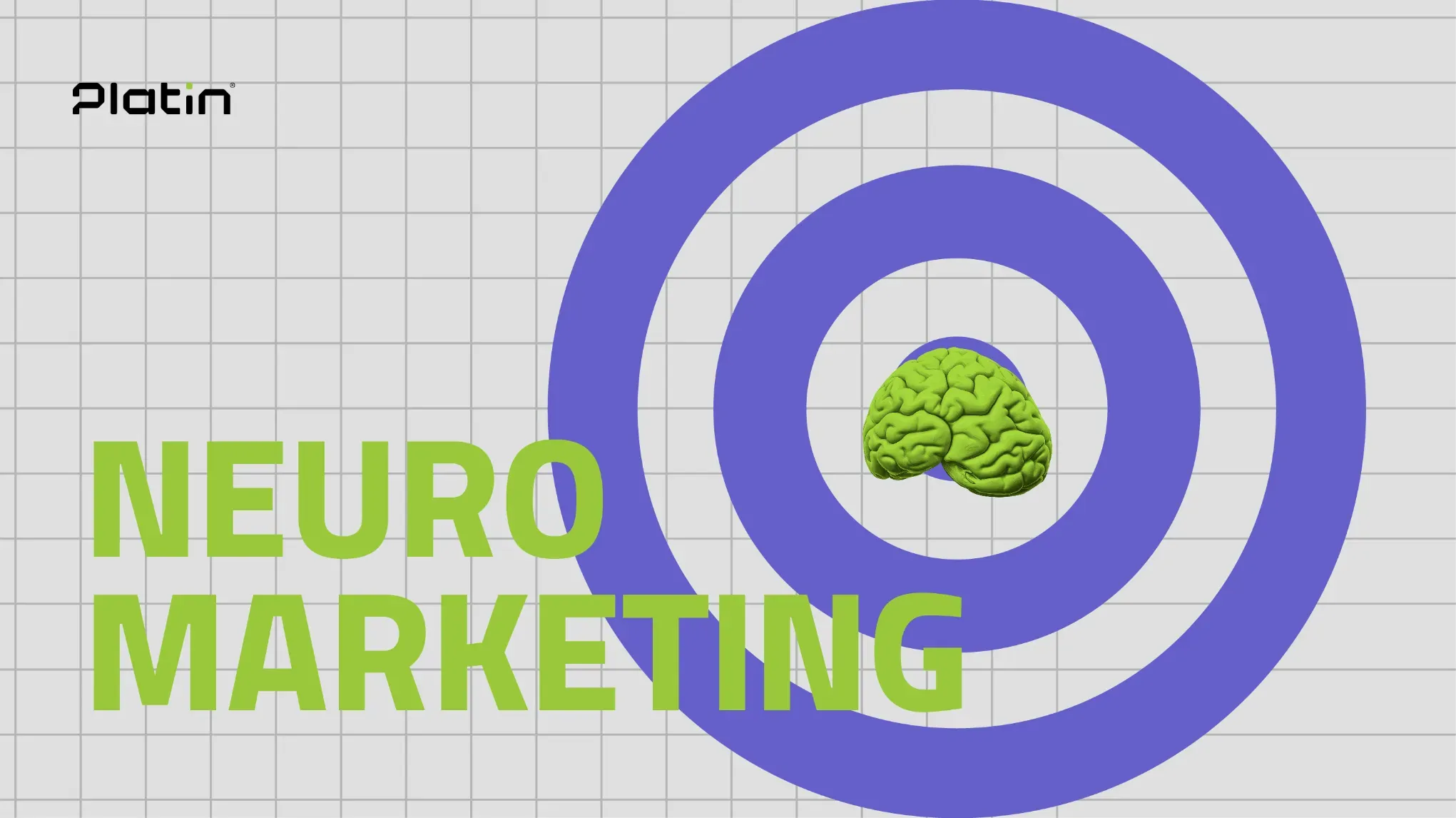
Roles of the Reptilian Brain in Purchase Decisions
1. The Old Brain: The Primary Decision-Maker
Cognitive science shows that many purchase decisions are driven by the brain’s unconscious processes—particularly the Reptilian Brain, the oldest part in evolutionary terms. Its main job is survival—protecting humans from threats in their environment. As a result, decisions made by this part of the brain are typically fast, emotional, and instinctive, with little reliance on rational analysis.
As neuroscientist Antonio Damasio famously said, “We are not thinking machines that feel; we are feeling machines that think sometimes.” This quote perfectly illustrates that buying is first and foremost an emotional response.
2. First Impressions Shape Final Decisions
The old brain forms a quick impression within seconds of encountering a product, brand, or retail environment. This initial judgment largely determines whether a person proceeds with a purchase or not—and research shows that first impressions are extremely hard to reverse. Therefore, visual appeal and creating an immediate sense of safety play a crucial role in purchase decisions.
3. Response to Emotional Stimuli
The old brain is highly responsive to emotional triggers such as images, sounds, light, scents, and touch. Marketing messages designed to evoke emotions—fear, pleasure, pride, or a sense of security—are significantly more effective at influencing purchasing behavior.
4. Avoiding Pain over Seeking Pleasure
One key trait of the old brain is its tendency to avoid threats and pain. Marketing messages that highlight how a product solves a problem or prevents a risk tend to have greater psychological impact than those that simply promote benefits.
5. The Power of Storytelling and Imagery
The old brain responds strongly to concrete visuals and relatable stories, while abstract data and numbers are less likely to be processed. Therefore, using vivid imagery and clear, human-centered storytelling is among the most effective ways to influence buying decisions.
6. The Self-Centered Nature of the Old Brain
Whenever it encounters a new message, the old brain instinctively asks, “What’s in it for me?” Effective marketing messages always highlight direct, personal benefits and avoid irrelevant generalities.
7. Fear and Risk Command Attention
To the old brain, potential threats carry greater psychological weight than opportunities. That’s why messages emphasizing what customers might lose if they don’t act often attract more attention than purely positive messaging.
8. Visual Language Beats Abstraction
The old brain struggles with abstract concepts. Using clear, concrete language that creates mental images increases understanding and impact. Simple, vivid, easy-to-picture words work best for this part of the brain.
9. The Abstraction Ladder: Choosing Words That Connect
According to Hayakawa’s abstraction ladder, the closer words are to concrete, tangible things, the more easily the old brain processes them:
- Level 1: Highly concrete words (e.g., “green apple”)
- Level 2: General but imaginable words (e.g., “students”)
- Level 3: More conceptual words (e.g., “industry”)
- Level 4: Fully abstract terms (e.g., “success”)
The lower your messaging stays on this ladder, the higher the emotional impact and the faster the buying decision.
Designing Marketing Processes That Engage the Senses
Engaging multiple senses can create deeper emotional connections with audiences and dramatically increase purchase likelihood. This strategy relies on the scientific fact that emotions drive decision-making in the brain—and the five senses are the fastest route to activating these emotions.
One of the most influential senses in marketing is smell. Research shows that 75% of our emotions are affected by scent, and the human sense of smell can influence memory up to 10,000 times more effectively than taste. Many successful brands have linked a unique, consistent scent to their identity—from the “new car smell” to the aroma of coffee in cafes or airports. Studies even show that infusing a subtle scent like vanilla in a clothing store can double sales.
Hearing also plays a vital role. Sound and music can quickly trigger emotional reactions and stick in memory. Well-known brands like Nokia (with its iconic ringtone) or telecoms with signature audio logos are strong examples. Even small stores can increase browsing time and impulse purchases simply by playing the right music.
Vision is equally powerful. Choosing the right colors, visuals, and packaging design heavily influences how customers feel about a product and whether they buy it. The right color choice that aligns with the brand’s identity builds trust—just as signature brand colors anchor brands like McDonald’s (red and yellow) or Coca-Cola (red) in people’s minds.
Touch is another powerful sense. Touching a product creates a feeling of ownership and closeness, which speeds up decision-making. Stores that allow customers to handle products generally have higher sales. Even in digital commerce, thoughtful packaging can simulate this tactile connection.
Taste, especially in food and beverage industries, has an undeniable impact. Offering free samples is one of the oldest and most effective ways to encourage purchase—because tasting reduces doubt and makes decisions feel more certain.
As Martin Lindstrom notes, successful sensory marketing follows simple rules: identify every sensory touchpoint your customer has with your brand, combine multiple senses to create a memorable, consistent experience, pay special attention to first impressions, maintain a consistent sensory identity, and continuously refine and enhance the experience.
In summary, five-sense marketing is about creating an immersive, emotionally resonant experience for customers. The deeper and more coordinated this experience, the greater the likelihood of purchase, loyalty, and repeat sales.
Reframing Buyer Behavior
Traditional marketing models often assumed that buyers are rational, analytical decision-makers who gather information, compare options, weigh pros and cons, and make purchases accordingly. They assumed that customers remember product details accurately, maintain stable preferences, and change their choices when presented with new information—meaning advertising works only if it is logically persuasive.
However, neuromarketing has revealed a much more realistic picture: the human brain typically makes decisions without complex analysis. Most purchases happen subconsciously, within seconds, and are driven by emotions. When someone encounters a product or brand, past feelings about it are instantly triggered—and these feelings have more impact than logic. Loyalty to a product or brand often stems from past experiences, social recommendations, or subconscious advertising—not rational arguments.
Many purchases are spontaneous, and even subtle environmental factors—lighting, smell, color, room temperature, or store layout—can sway decisions without new information or logical reasoning. Neuromarketing also highlights flaws in traditional research tools such as interviews, surveys, or focus groups. These often fail to reflect real behavior because responses are shaped by conscious awareness and social acceptability—people say what sounds reasonable, not what they actually do.
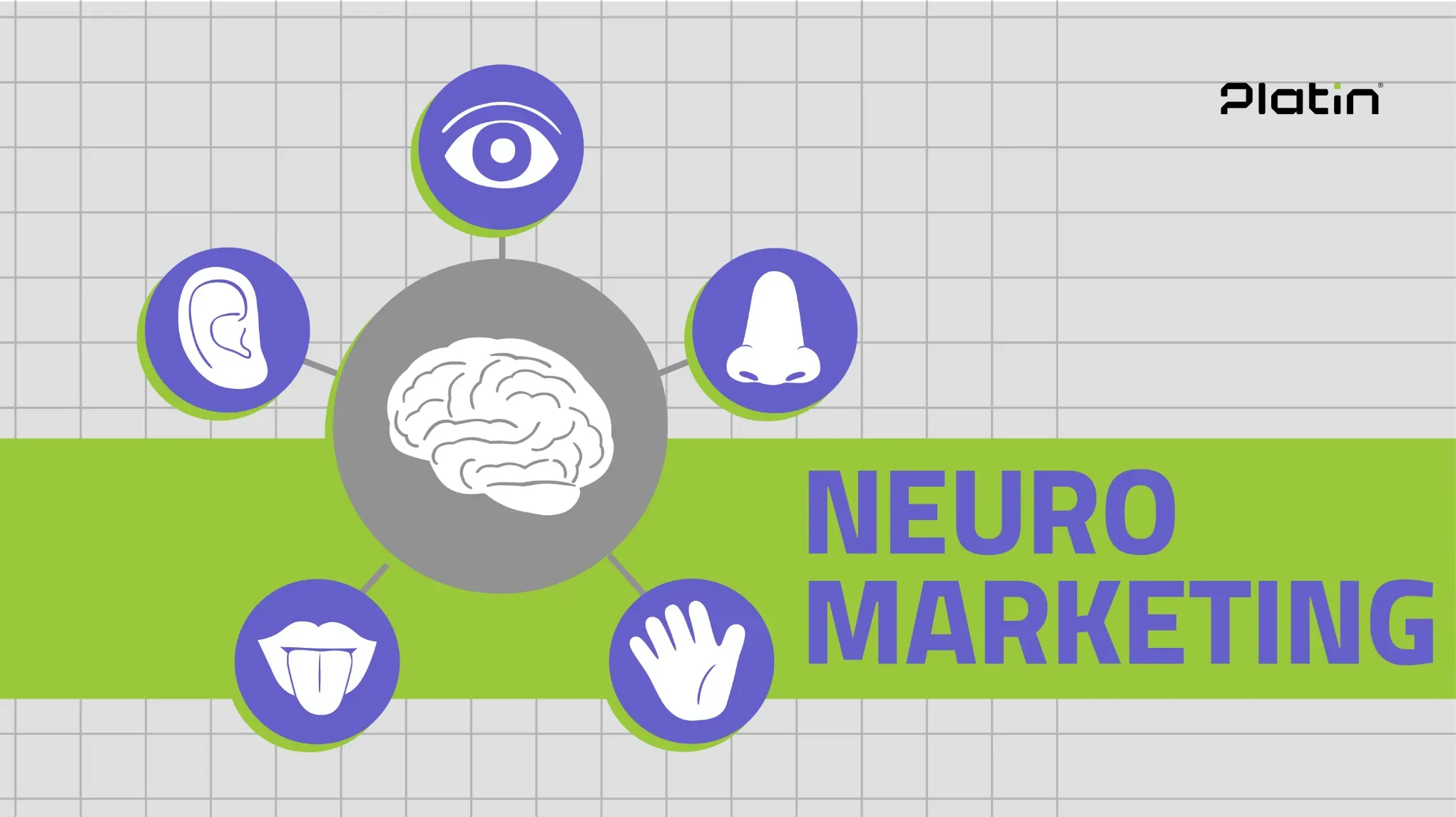
Behavioral research that observes customers in real shopping environments—using cameras or sensors to track their reactions to stimuli—provides a much clearer and more reliable picture. Ultimately, neuromarketing reminds us that customers do not rely on logic and analysis when buying; instead, emotions, past experiences, and the environment shape their behavior. Success in modern marketing depends on designing experiences and messages that appeal to these emotional drivers and subconscious cues.
The Power of Social Proof
The Bystander Effect explains how people’s behavior in groups is influenced by observing others. Research shows that when facing a decision, people tend to wait to see what others do—and if no one acts, they may hesitate to act themselves. In contrast, when someone takes the lead—by making a purchase or starting an action—others gain confidence and follow.
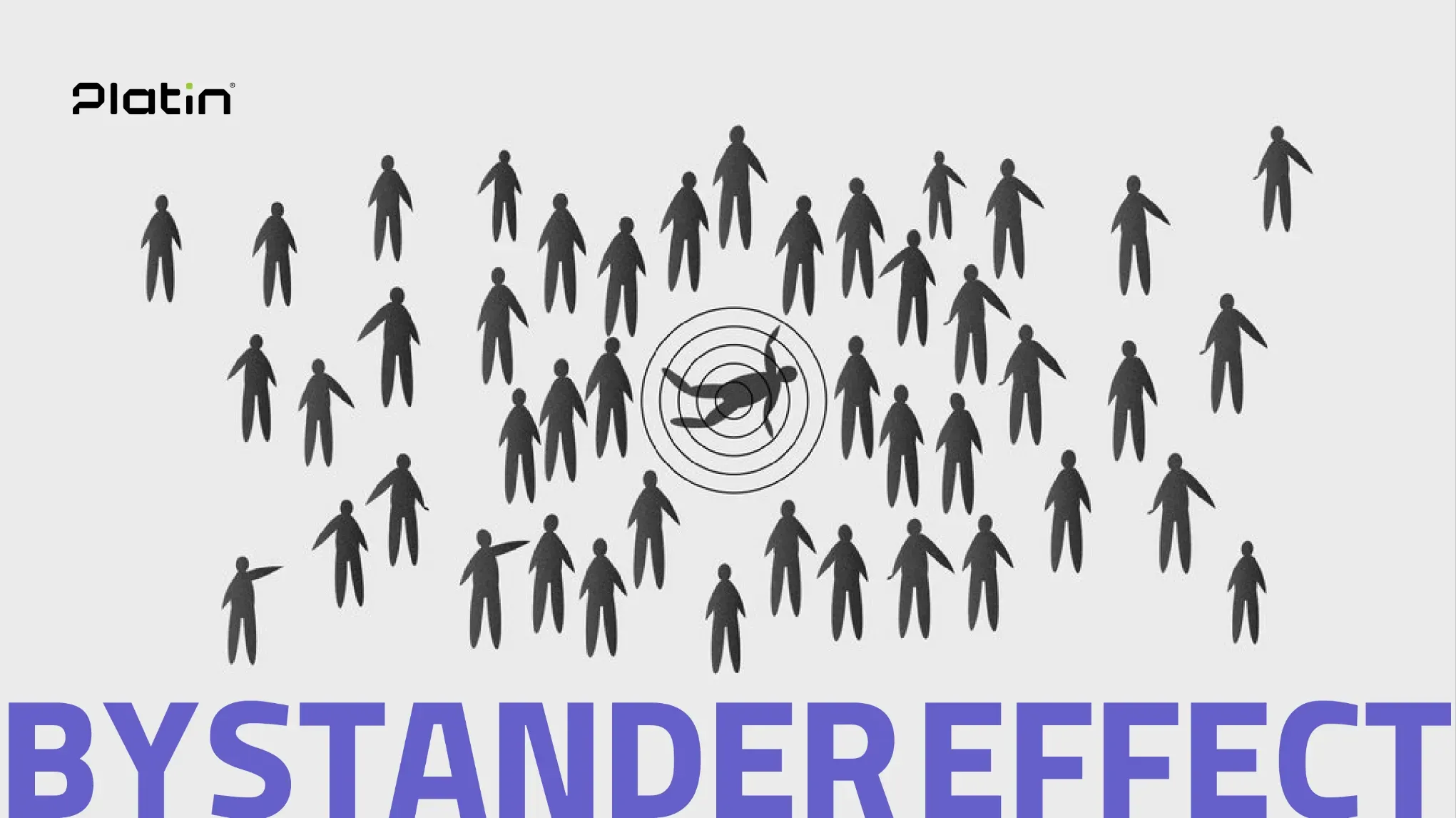
In marketing, this is known as social proof. People are more likely to buy when they see that others have already done so. Watching others purchase or express satisfaction creates a subconscious sense of security that they are making a smart choice. Successful brands leverage this phenomenon to build trust.
Tactics include showing positive reviews, user ratings, and purchase counts—simple messages like “Downloaded over 300,000 times” instantly build credibility. Calling a product the “bestseller” signals that it is a safe, trusted choice.
Showcasing real customer stories and photos in ads also reinforces trust—because real-life experiences speak louder than brand claims. Highlighting the user’s identity and lifestyle, rather than just the product’s features, is another proven strategy. For example, Apple’s iconic campaign focused on stylish, youthful Mac users instead of technical specs—making buyers feel they were joining a desirable community.
In daily life, social proof is everywhere: people prefer busy restaurants, associating crowds with quality. Tech buyers often line up for iPhones not just for specs but because of the brand’s popularity. Even leaving a metro station, people often follow the crowd instead of reading signs.
In short, social proof is a powerful trust signal that helps resolve buyer hesitation. Showing potential customers that others chose you—and were satisfied—can have more persuasive impact than any technical detail or hard sell.
Neuromarketing Techniques That Shape Buying Decisions
1. Priming Buyers Through Small Commitments
Psychological studies show that if people agree to a small commitment, they are far more likely to agree to a larger one later. Known as the foot-in-the-door principle, this is vital in neuromarketing. For example, offering a free product trial or newsletter signup creates a sense of early connection without risk. When the main purchase offer comes later, the subconscious sense of commitment makes buyers more likely to say yes—especially in online sales or in-person negotiations.
2. Guiding Choices with the Decoy Effect
Too many options can overwhelm the brain. One clever trick is to add a decoy option—a product deliberately made less attractive or overpriced compared to the target option. This comparison makes the desired option appear like a better deal. Similarly, presenting prices from highest to lowest primes the buyer to see lower prices as more affordable—guiding them subconsciously toward your preferred offer.
3. Reducing the Pain of Payment
A hidden barrier to purchase is the mental pain of paying. Cash or immediate payments amplify this discomfort. Indirect methods—like cards or online payments—reduce it. Clear information about shipping costs, taxes, or guarantees builds trust and eases the decision. Savvy sellers neutralize post-purchase regret with simple reassurance messages—like “Your purchase is confirmed” or “Money-back guarantee if you’re not satisfied”—keeping the buyer’s mind open to future purchases.
4. Turning Objections into Opportunities
When customers ask tough questions—“Is this too expensive?” or “Is the quality guaranteed?”—they’re actually signaling hidden buying interest. An indifferent mind wouldn’t bother. Neuromarketing sees objections as the last stop before purchase. Skilled salespeople listen actively, show empathy, and address doubts calmly, transforming hesitancy into trust—and turning “almost-buyers” into loyal customers.
5. Choosing Effective Names and Images
A product’s name and appearance directly affect subconscious decisions. Catchy, descriptive names like “PowerMax Energy Drink” or “Glossy Shine Shampoo” can boost appeal by 20–30%. Authentic, medium-quality product photos feel more real than overly polished images. Human faces that resemble the target audience build trust and familiarity—making decisions easier for the brain.
6. Giving Free Gifts and Useful Content
Offering small free gifts is one of the simplest, most powerful ways to increase sales. It creates a subtle sense of obligation that boosts conversions through the principle of reciprocity. Sometimes, even honest advice—like recommending against a purchase—can earn deep trust, turning occasional buyers into loyal brand advocates who refer others.
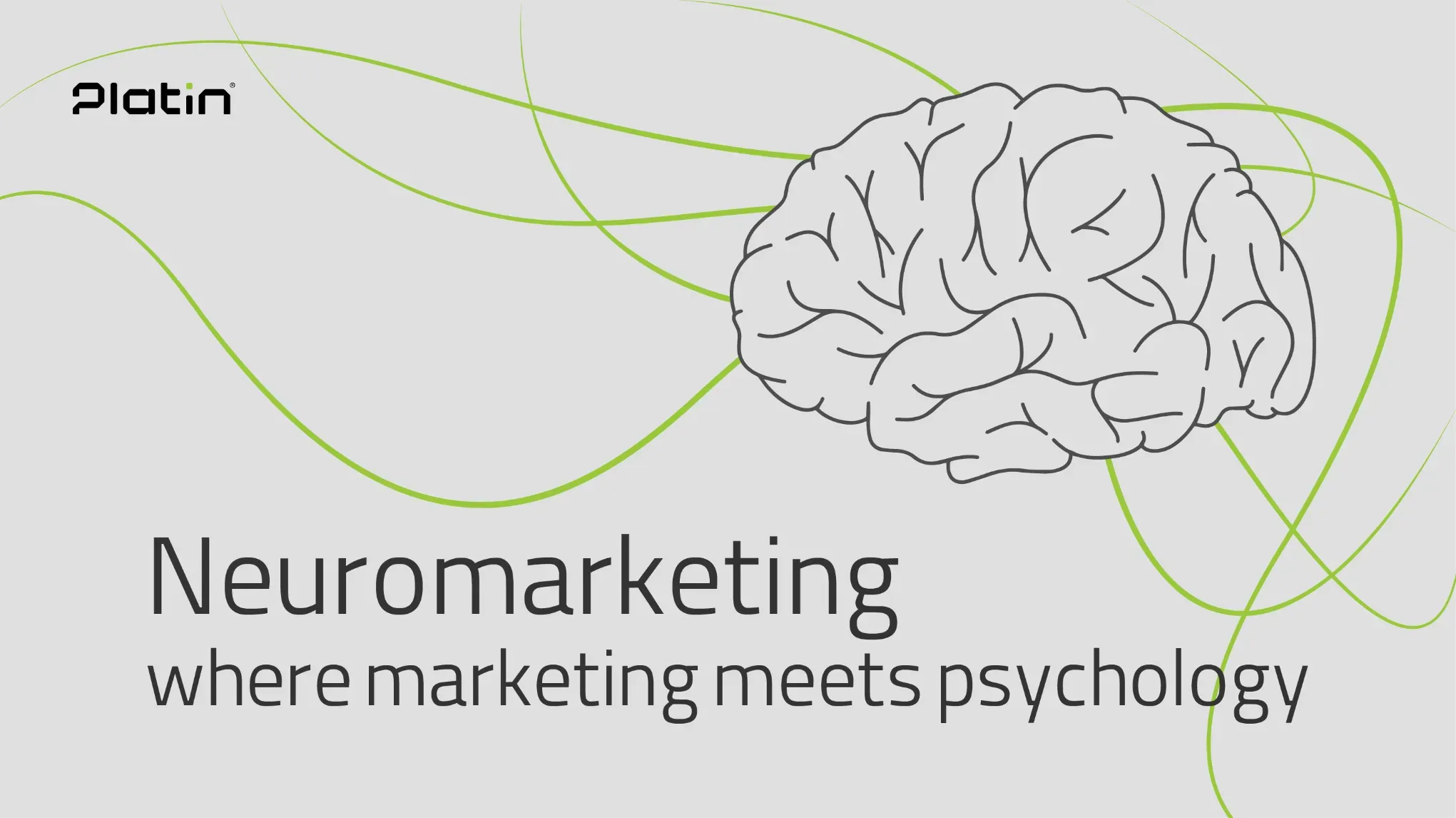
Conclusion
Neuromarketing reminds us that purchasing is not merely a rational decision but a complex, emotional, subconscious process shaped by the customer’s mind, environment, and sensory cues. Understanding how the old brain works, recognizing unconscious buyer behaviors, and designing messages and environments that evoke feelings can reduce resistance and make decisions easier and more enjoyable.
Whether by engaging the five senses, using social proof, or deploying smart techniques like small asks, decoy options, or free gifts, every small touchpoint can kickstart an effective persuasion process.
Ultimately, success in modern marketing belongs to brands that connect with the mind and heart of the customer. A brand that tailors its buying experience and messaging to fit the brain’s emotional wiring will gain trust and grow sales more rapidly. Neuromarketing bridges the science of the human mind with the art of influencing decisions—a bridge every business must cross to survive and thrive.